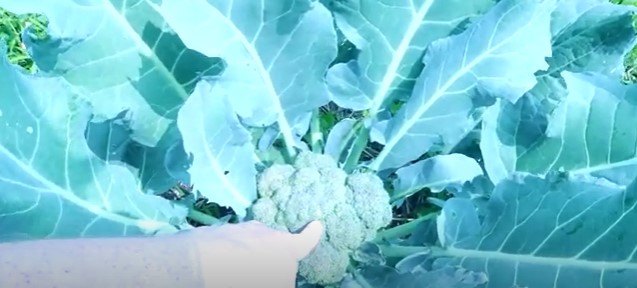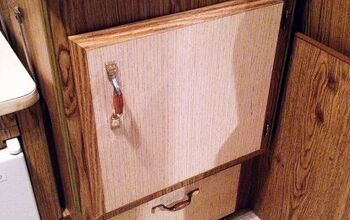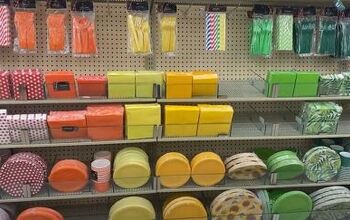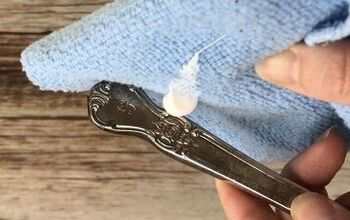Simple First Garden Harvest Guide

Welcome to the first garden harvest of the year on the homestead! Let me show you a quick easy garden fresh dinner that is perfect for a family dinner. There’s nothing better than homestead gardening.
1. Cauliflower
I’m taking out this big, gorgeous cauliflower. It’s massive.
For cauliflower, you have to focus on the one head. So, rip the entire plant out, flatten out the leaves as best as you can, and take a knife to the stalk and cut off the head.
Clean it up as best as you can by peeling off the big leaves.
The reason the cauliflower head is so white is because we would bend over the big leaves when we could to keep the head out of the sun.
2. Broccoli
I’m also taking broccoli. You can tell broccoli is ready to be harvested when it’s kind of soft and you can pull it apart.
Cut your broccoli off its stem on an angle. The reason you want to do that is because if it rains or you water it, the stalk of the plant will get wet but it can drain off so it doesn’t stay soggy and rot the plant.
There’s a little hole in the stem so if there’s no angle, the water will just run in and sit inside the hole and rot the plant. Cutting the head like this will also help to produce side shoots that you can harvest all season long.
I learned that tip the first year I started growing broccoli. I also try to clean off the broccoli as best as I can down here in the garden to save some of the kitchen mess.
I pluck off as many of the leaves themselves so I can just put the head in my basket. I usually give my chickens these leaves from the broccoli that I pluck off.
3. Zucchini
I have zucchinis I have to check. I’m hoping to make zucchini bread with them. Some are still super tiny. We let them get big. I usually throw the ones that our critters have chomped over to the chickens for a snack.
4. Cabbage
I’ll check the cabbage, too. I want to make some Asian-style stir-fry dishes in which cabbage would be great. I have carrots and snap peas to add to the cabbage, along with cauliflower and broccoli for stir fry. Then I can make buttered cabbage the rest of the week.
Some of my cabbage heads are still very tiny but they can stay in the ground and continue to grow. But some of them are just massive. I plan to make use of them by canning some coleslaw mix, too. We like to eat this coleslaw mix on fresh fish that my husband catches during the winter.
I don’t really know when to cut off the cabbage head that I need so I’ll just wait and research.
5. Berries
We took 10 raspberry plants from my grandmother. She wanted to thin out her berries. She recommended that we plant them in a cluster rather than in a line.
We put straw around the new plantings to keep them watered and moist.
It’s looking sad here, but it is supposed to rain to give it a boost. We have blackberries in another patch that we just tilled and weeded but those are still in progress.
6. Cleaning vegetables
All you need is some water and salt to rinse off the garden vegetables. The salt brings out any critters that may be living inside the heads.
Let the vegetables sit head down in the sink and fill it up with the salted water. Let the vegetables soak for a few minutes.
7. Dinner
Here’s our teriyaki chicken stir fry dinner that came together with our garden veggies. The onions and bell peppers are from the garden, too. The carrots are not from our garden.
Garden harvest
We have lots of food for dinner for the week thanks to our garden harvest. I hope you were inspired by those beautiful vegetables. It’s so amazing to have dinner with food you grew yourself.
Please let me know in the comments about harvesting cabbage! Let me also know if you cook with your garden harvested veggies, as well.




























Comments
Join the conversation